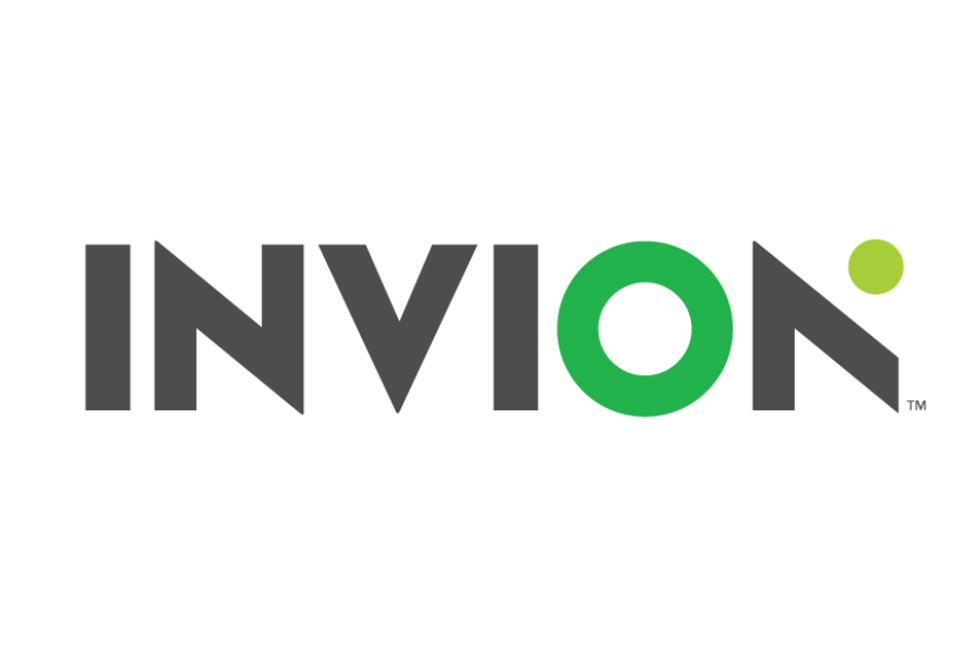OncBioMune Announces Initial In Vitro Proof-of-Concept Data for PGT in a Multi-Drug Resistant Ovarian Cancer Model
OncBioMune Pharmaceuticals (OTCQB:OBMP) has announced results of its in vitro data for PGT in a multi-drug resistant ovarian cancer model. As quoted in the press release: Cell proliferation assays were performed on 2 cell lines, MCF-7 (a breast cancer cell line known to be sensitive to chemotherapy) and NCI/ADR-RES (OVCAR-8 ADR-RES, a multidrug-resistant cell line …
OncBioMune Pharmaceuticals (OTCQB:OBMP) has announced results of its in vitro data for PGT in a multi-drug resistant ovarian cancer model.
As quoted in the press release:
Cell proliferation assays were performed on 2 cell lines, MCF-7 (a breast cancer cell line known to be sensitive to chemotherapy) and NCI/ADR-RES (OVCAR-8 ADR-RES, a multidrug-resistant cell line that is a model for the study of drug resistance in ovarian cancer) grown under hypoxic conditions and treated separately with varying concentrations of either the standard chemotherapy agent paclitaxel or PGT for 72 hours. The IC50 (concentration of drug needed to inhibit the cell growth by 50%) was determined for paclitaxel and PGT, standardized by the concentration of paclitaxel. The IC50s were calculated from growth inhibition curves.
The IC50s for the MCF-7 cells were similar for paclitaxel and PGT (range 0.02 to 0.09 micromolar). However, the IC50 of the NCI/ADR-RES cells for the paclitaxel was 216 micromolar and the IC50 for the PGT was 0.0318 micromolar. This shows that in this experiment, a 6797-fold decrease in the concentration of PGT can obtain the same inhibition of cancer cell growth as the standard chemotherapy paclitaxel in this multidrug-resistant model. Additionally, this concentration of PGT is similar to the IC50 of paclitaxel seen in the chemotherapy sensitive MCF-7 cells. Taken together, this implies that PGT is able to overcome drug resistance mechanisms at play in the NCI/ADR-RES cell line model of chemotherapy resistance and thereby makes these cells sensitive to PGT therapy in an acceptable concentration range.
PGT is designed to deliver the chemotherapeutic agent paclitaxel to cancer cells over-expressing the transferrin receptor (aka CD71). Paclitaxel is currently FDA-approved in two forms: as solvent-based paclitaxel (sb-paclitaxel, Taxol®) and protein-based paclitaxel (nab-paclitaxel, ABRAXANE ®).
PGT combines paclitaxel to the human protein transferrin as opposed to albumin, which is employed in nab-paclitaxel. This creates the potential to target the paclitaxel to CD71, which has been shown to be highly over-expressed on many different types of cancer cells.



